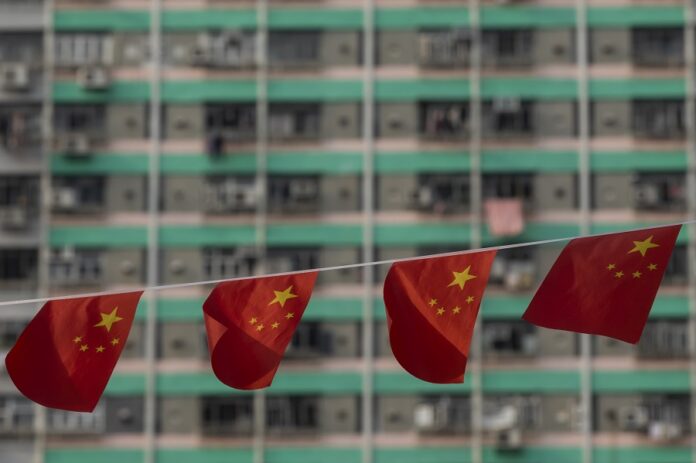The rare-earth elements are a set of 17 silvery-white, soft, heavy metals found in the middle of the periodic table that are valued for their useful electrical, magnetic and luminescent properties that find application in assorted high technology devices. For example, cerium, lanthanum, neodymium and praseodymium are found in nickel-metal hydride (NiMH) batteries — both of the household variety and those used in hybrid electric vehicles — where they confer a higher energy density and a longer life. As a magnet, meanwhile, neodymium is capable of storing some 18 times the energy of a standard iron magnet of the same volume. In fact, rare-earth magnets are widely used in devices from wind turbines and electric motors to computer hard drives and the guidance systems on aircraft and missiles.
Despite their name, the rare-earth elements are actually not that rare, and can be found in very low concentrations in most massive rock formations across the globe.
In fact, the battery-support cerium is the Earth’s 25th most abundant element at an average of 68 parts per million — making it more common than copper.
Unlike with copper, however, the problem with rare-earths comes in finding deposits with high enough concentrations to make mining them economically viable.
Conventionally, three sources are sought after for having higher proportions of rare earths — the minerals bastnäsite and monazite, and so-called rare-earth bearing clays.
A further difficulty comes in how the elements tend to be mixed together, and therefore require complex and expensive treatments to isolate them for their unique properties.
Various locations around the world have viable deposits of rare-earth elements, including Australia, Brazil, North America, Russia and Tanzania.
However, by far the most prominent source is China — which accounts for an estimated 85 percent of the world’s production of rare-earth oxides and 90 percent of rare-earth metals, alloys and permanent magnets.
The country’s dominance in this arena can be attributed to a number of factors — including China’s relatively low mining and processing costs, as well as their looser environmental standards, which has allowed them to undercut production elsewhere.
The last six months, however, have seen major shifts in the makeup of China’s rare earth industry — which could have global implications.
Under the public justification that such was needed to assure “the stability of production and supply chains”, December last year saw China’s three largest state-owned rare earth enterprises combine with two separate companies.
This merger resulted in the formation of the China Rare Earth Group — a firm that is now the world’s second-largest rare earths producer, accounting for nearly a third of China’s rare earth output over and 60–70 percent of its heavy rare earth production.
The merger will enable Beijing to better control the prices of the rare earth metals it exports — but, according to Luisa Moreno, president of the mineral exploration firm Defense Metals Corp, such may also be part of a move by China to tighten its rare earth export control laws in order to ensure they are able to meet rising internal demand in the future.
China, she told Express.co.uk, has “probably already realised that it’s going be really tough to be supplying the rest of the world with rare earths and other critical materials.”
This comes as Russia continues to create havoc in various supply chains across the world – from fertilizer that is key to food production to the gas and oil that we use to heat and power our nations.
According to Ms Moreno, to avoid a further supply chain crunch driven by the technological demand for rare-earths, the West would be best to start planning ahead to increase its own rare earth production capacity.
Efforts are already underway in some countries. The US is already looking to ramp up its domestic supply to ease its reliance on China, while mines are also in development in Australia, Canada and Angola — with the latter driven by a UK-based firm Pensana.
However, any such efforts will need to include not only the ability to mine rare-earth metals, but also to develop in tandem the capacity to process them as well.
Ms Moreno concluded: “Right now, what the West actually needs is to be more strategic.
“If it takes three-to-five years to develop the mine and then you’re going to have to wait another two years or so to have a refinery then we will completely miss the deadlines.”









































